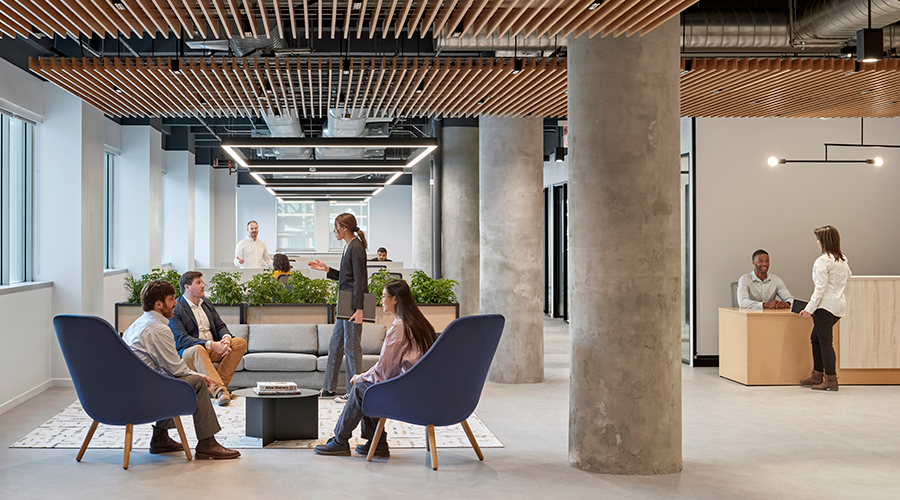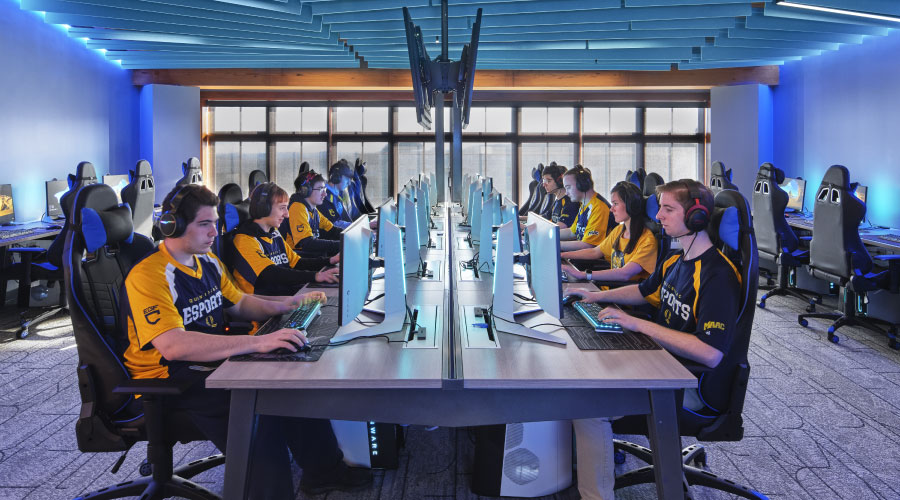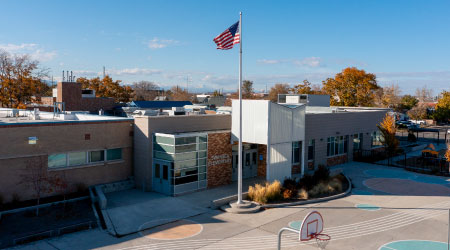Showing Students, Faculty Respect Is Important Aspect Of Relationship-based Educational Design
Relationship-based educational design shows that educators value students as productive members of society. And when students feel valued, they respect others, and their surroundings.
A media center specialist balked at the idea of a cyber café in her library, saying, “I can see banana peels in my books.” After much debate, she agreed to convert the media center entrance to a cyber café-like area. Since then, she’s had a change of heart. Students flock to the cyber café to plug in, research, and collaborate. And to date, not a single banana peel has been misplaced.
The cyber café, like the realistic STEM lab or art studio, conveys a message to students: You are mature, and we trust you.
One key space where designers and educational facility managers can achieve respect is the corridor. Traditionally, the corridor has served as a long, inactive, and uninspiring means of getting from one room to another.
Why not use some of that square footage to create extended learning areas set apart by changes in color, ceiling height, and flooring material? In primary school, it’s a reading corner. In middle and high school, it’s a collaboration zone where students work on group projects. Extended learning areas offer the flexibility to encourage socialization, and respond to the individual needs of K-12 students. Students take away the idea that these activities — reading, collaboration, etc. — are so important that they get their own spaces. Respect is accomplished.
RED aims at maximizing relationships between students, teachers, and educational communities. But the anecdotes above illustrate that RED cannot be achieved unless strong relationships are forged at the start of projects.
Facility managers play a critical role in preparing today’s students for tomorrow’s challenges. When it comes to building upgrades or new construction, facility managers will support change wholeheartedly. But they need to be involved from the very beginning. They need to contribute to discussions alongside community members, educators, administrators, students, architects, and interior designers. That way, when the final story is written, the results are sure to be RED. ■
Patrick Brosnan (pbrosnan@legat.com) is president/CEO, Sylvia Kowalk (skowalk@legat.com) is senior interior designer, and Douglas Ogurek (dogurek@legat.com) is a member of the K-12 team at Legat Architects and Legat & Kingscott, LLC.
Related Topics:














